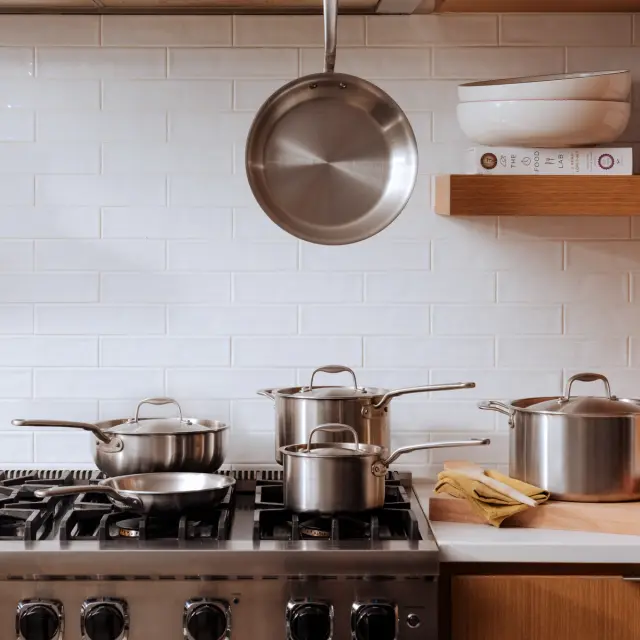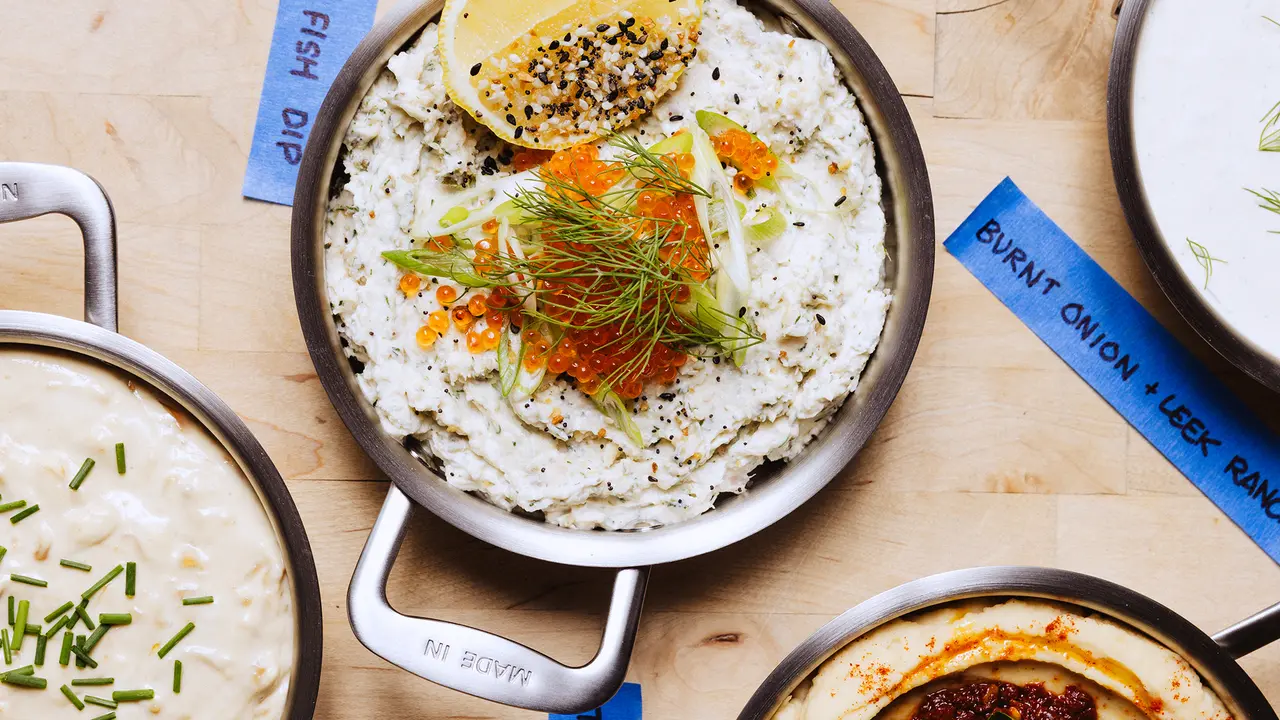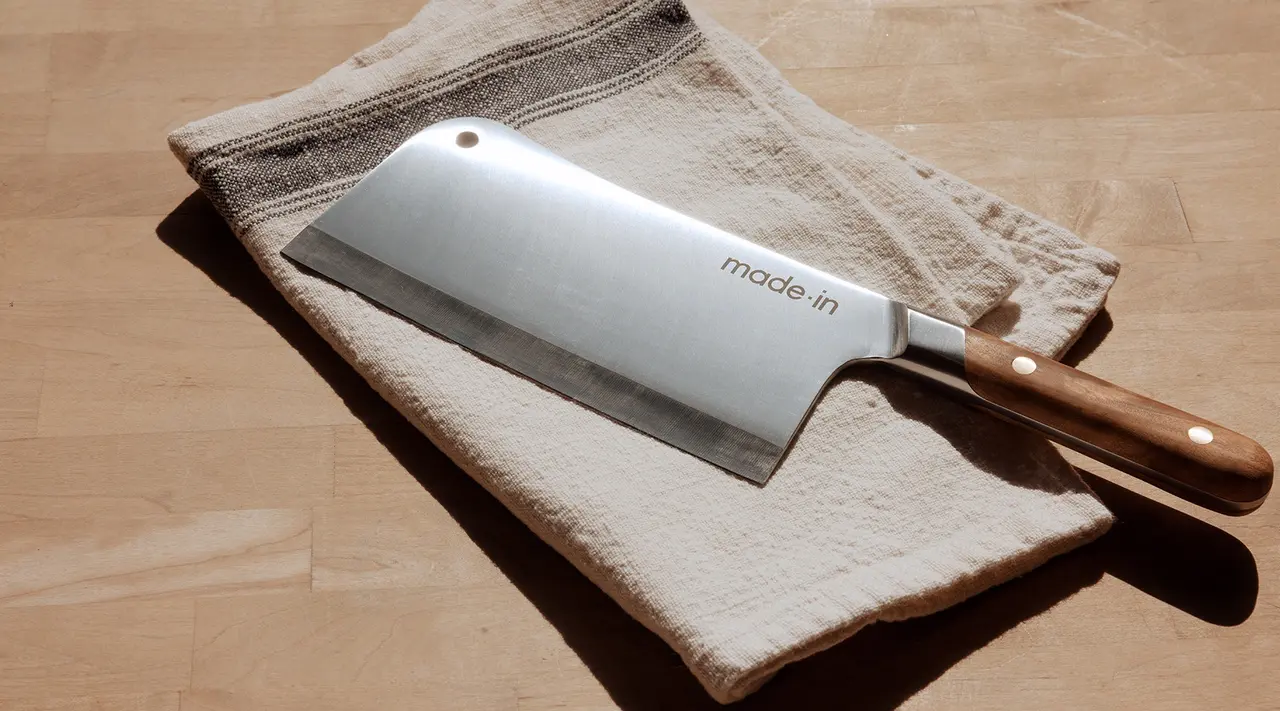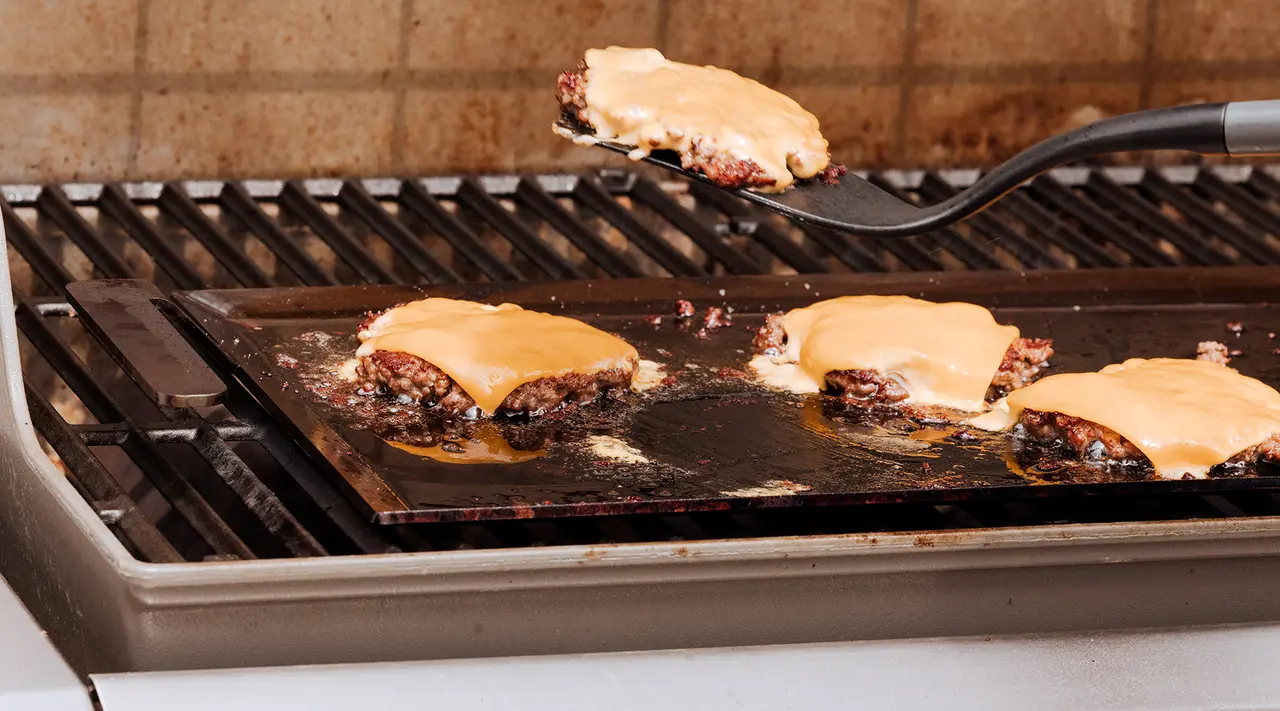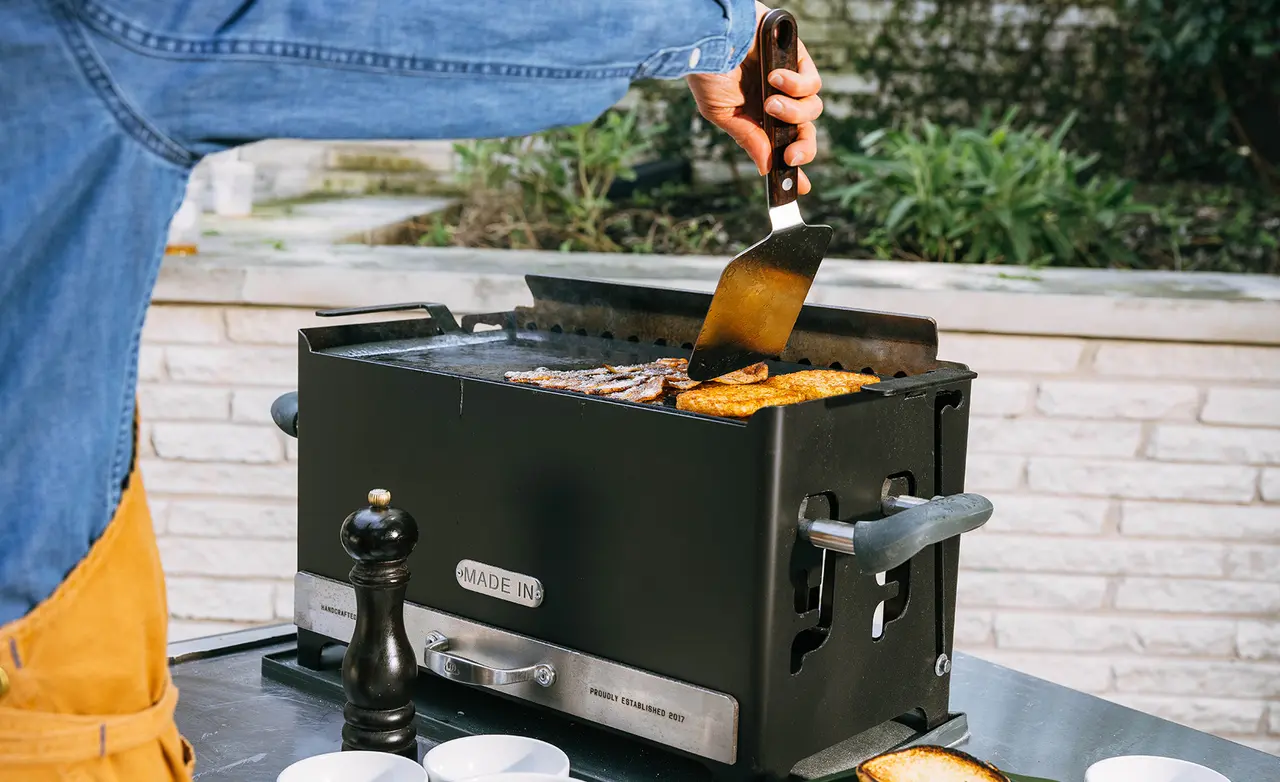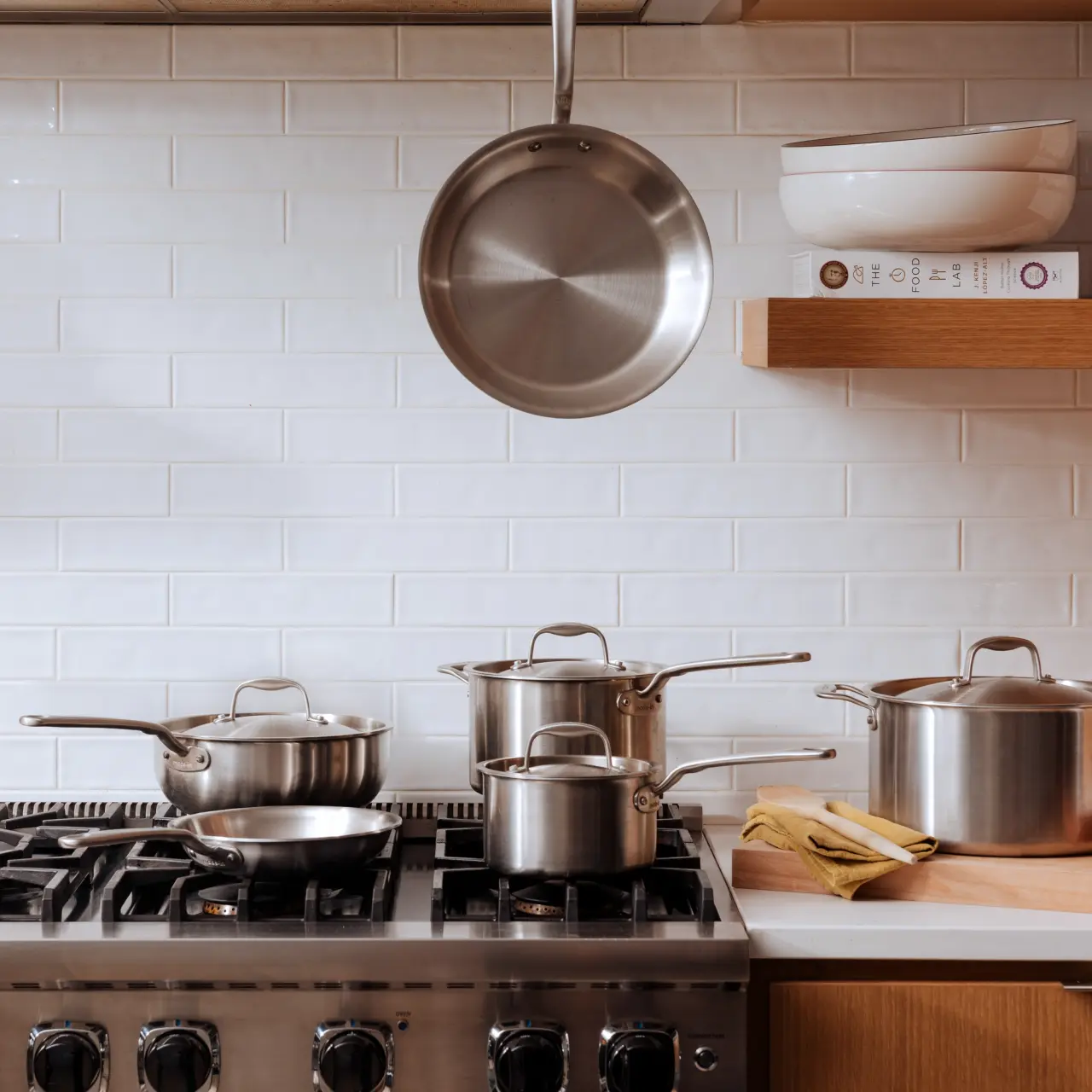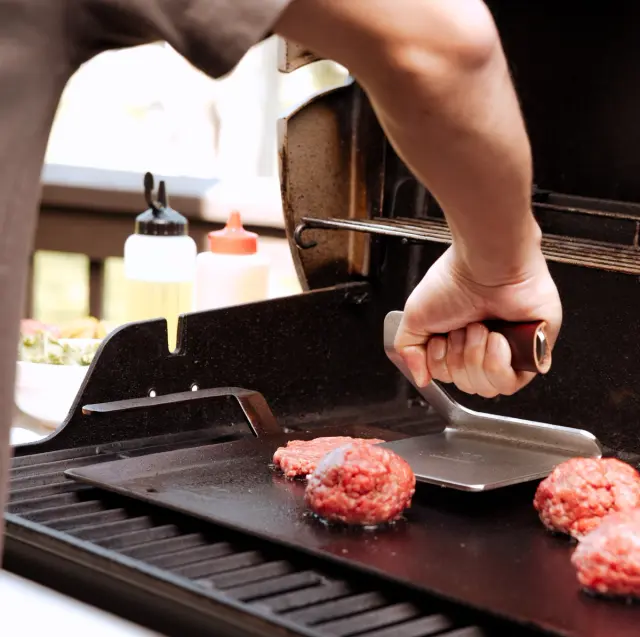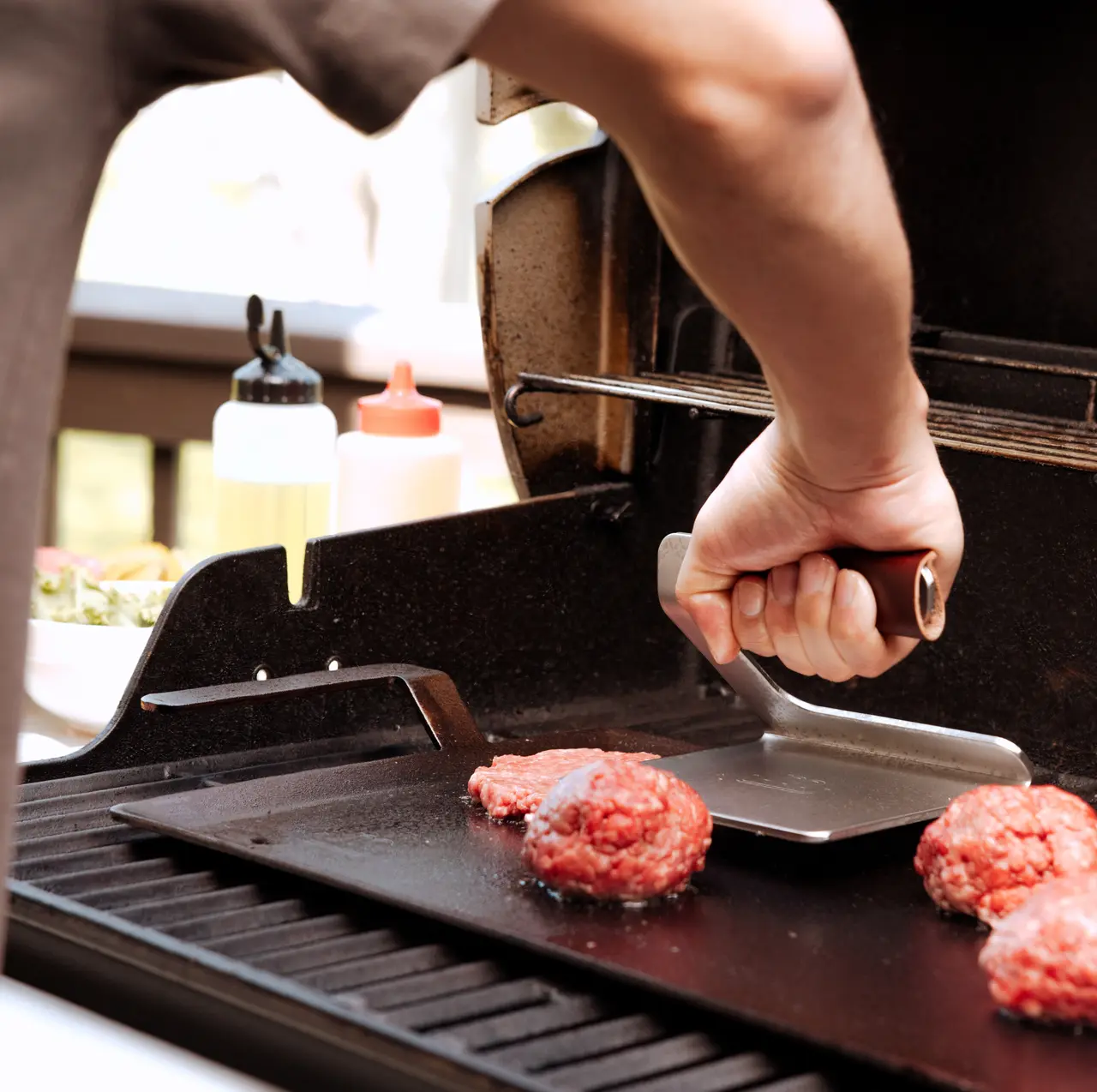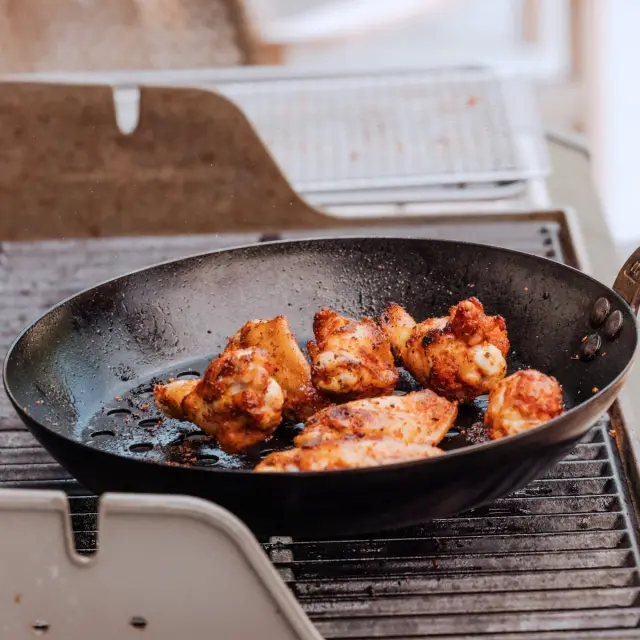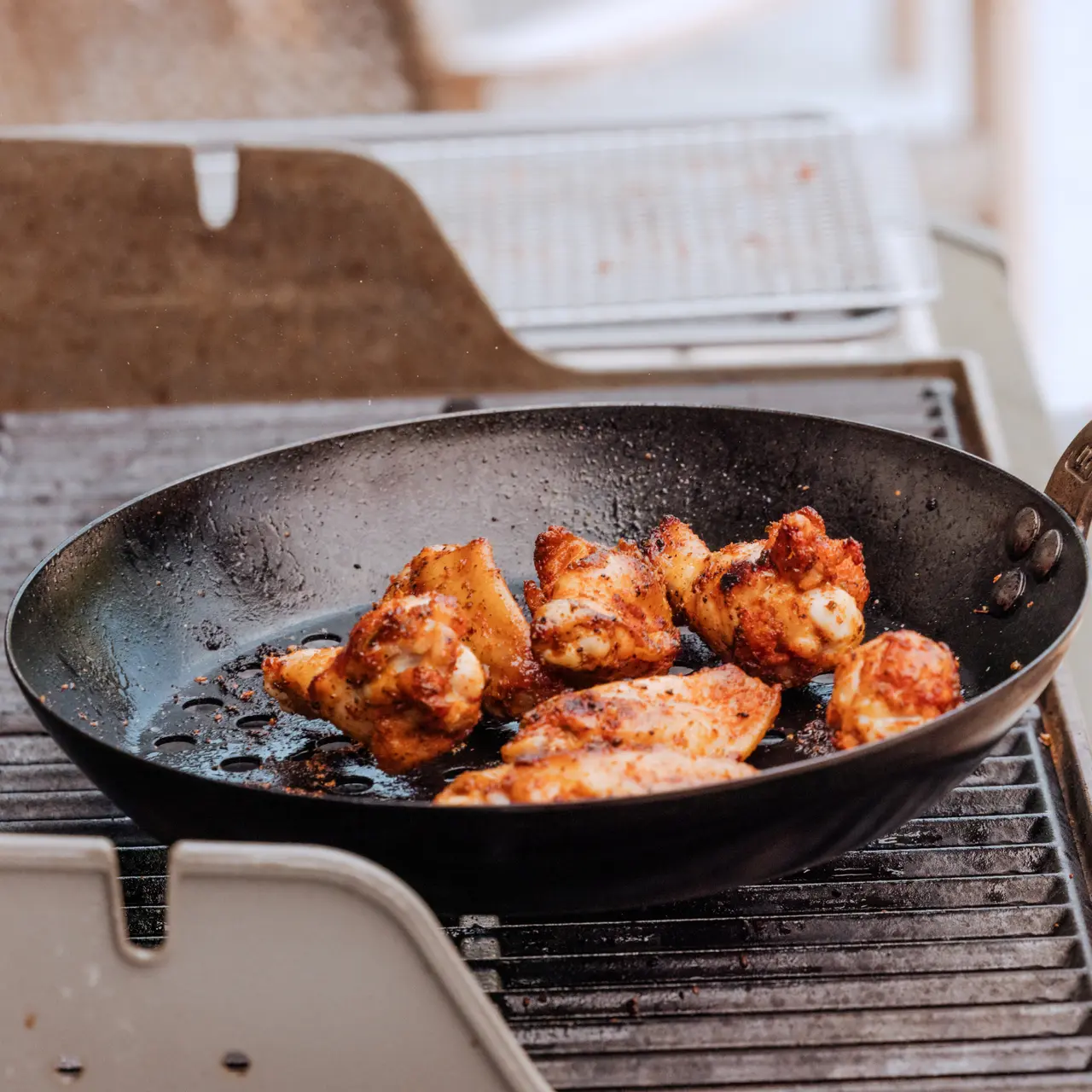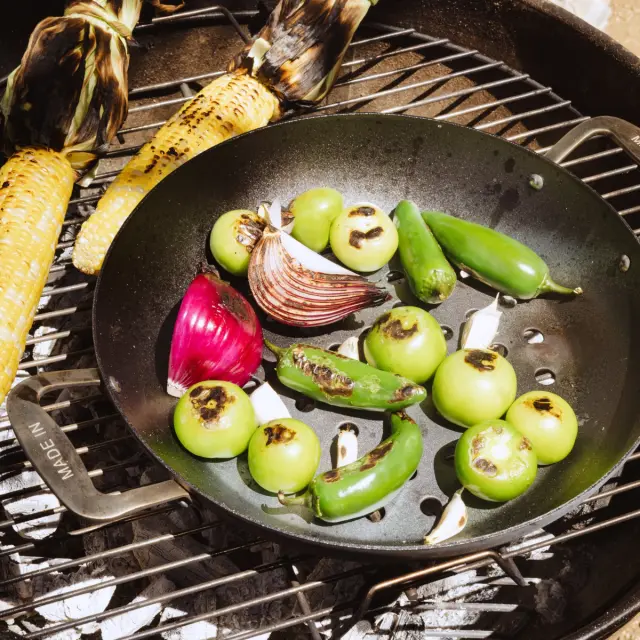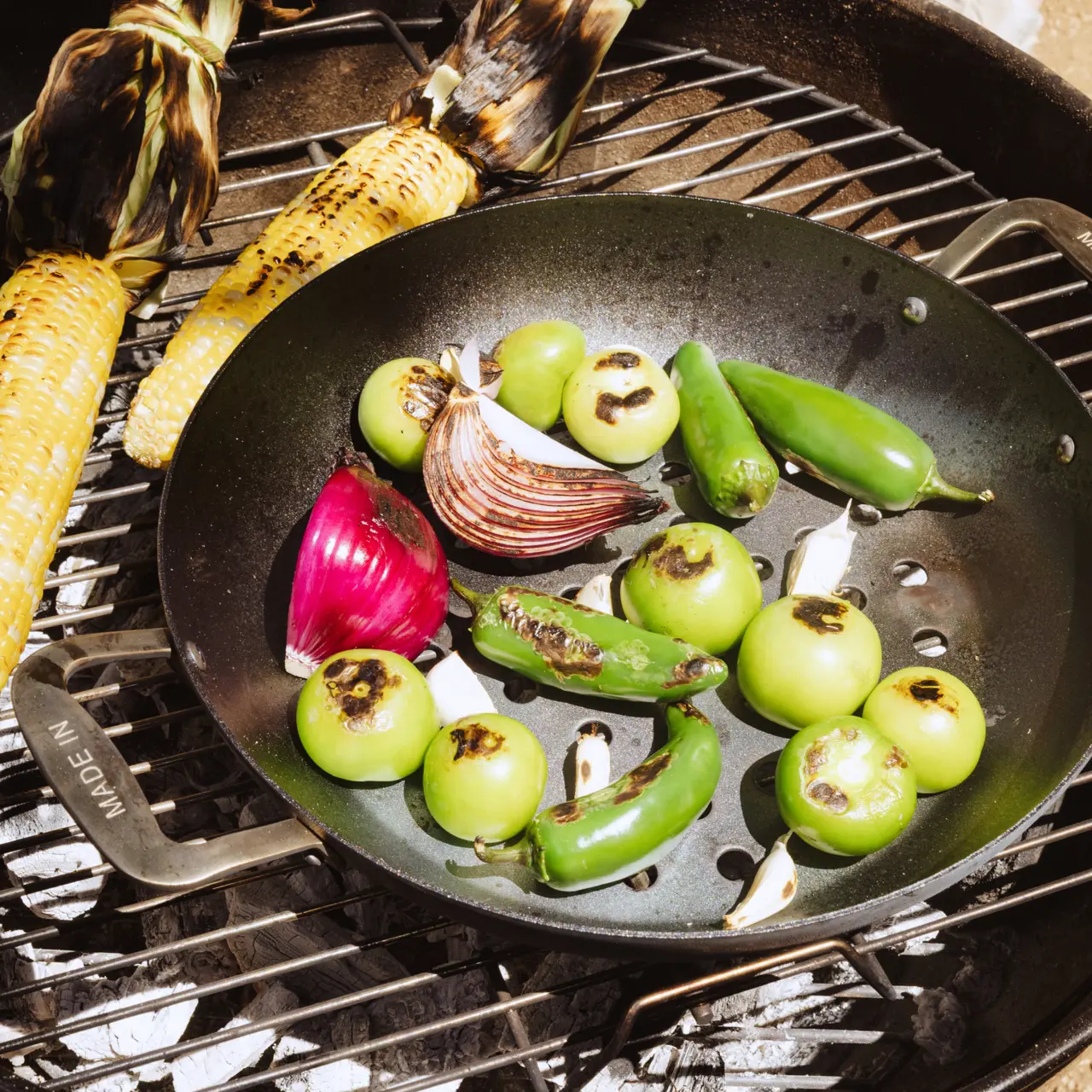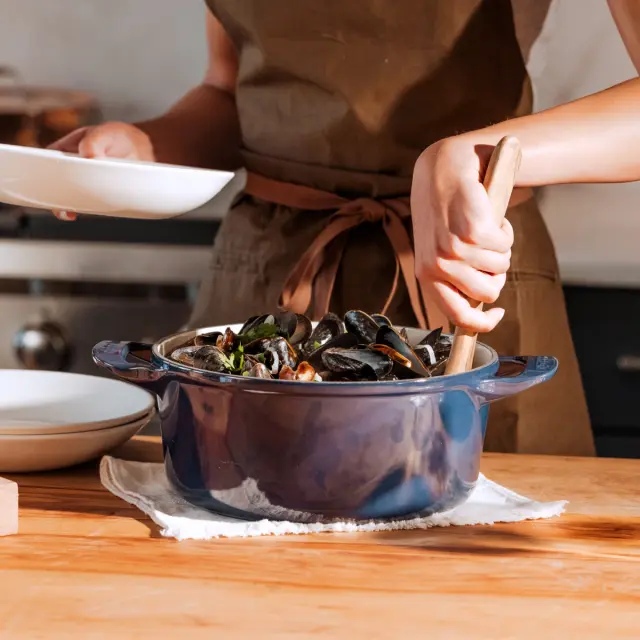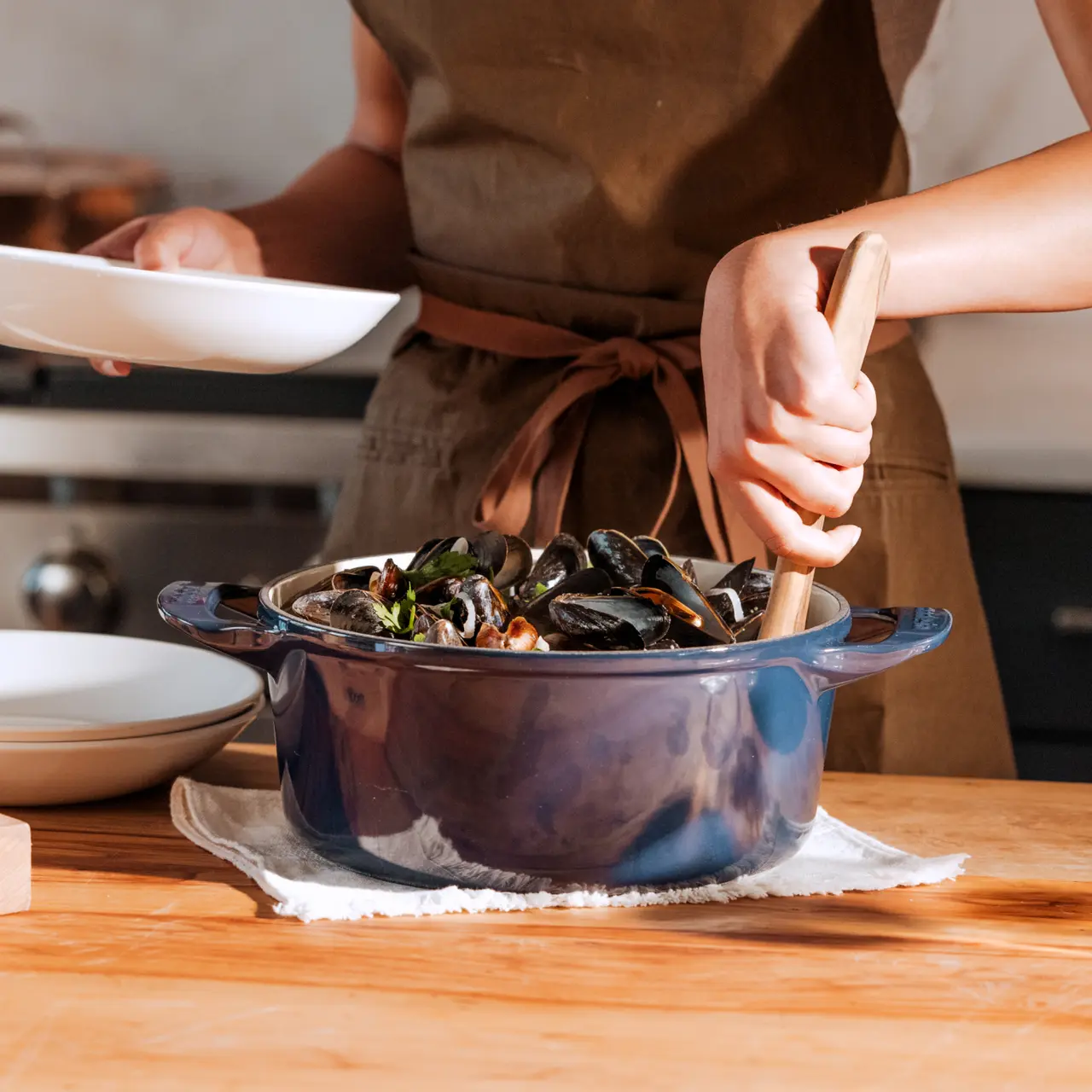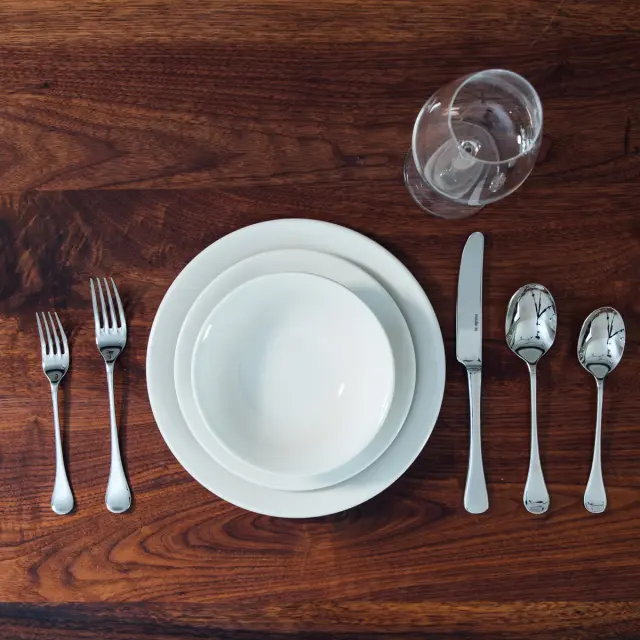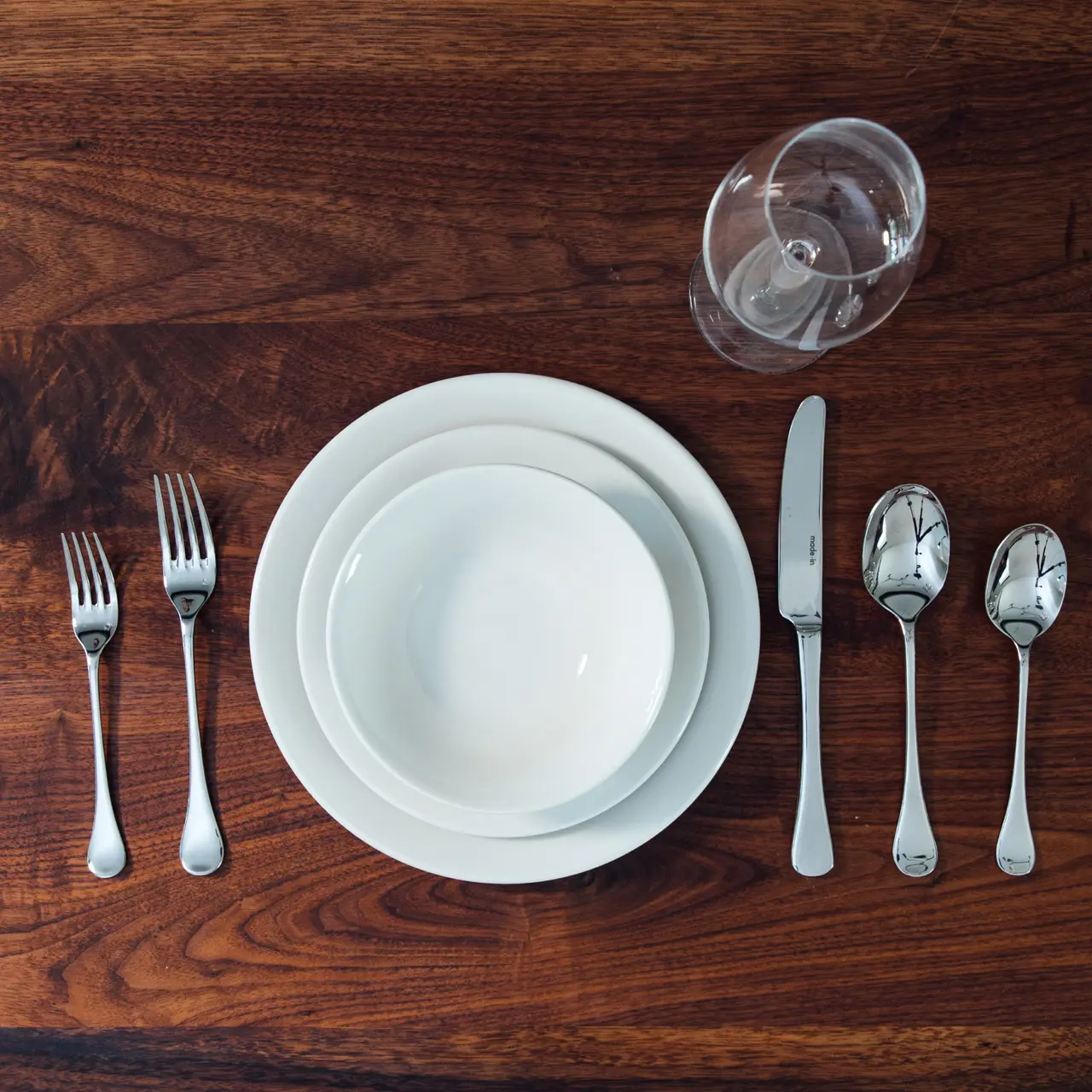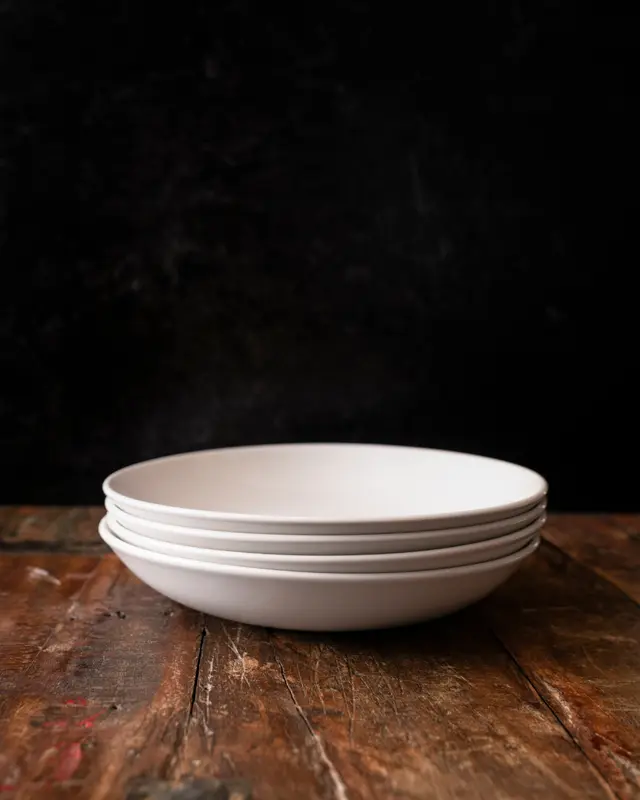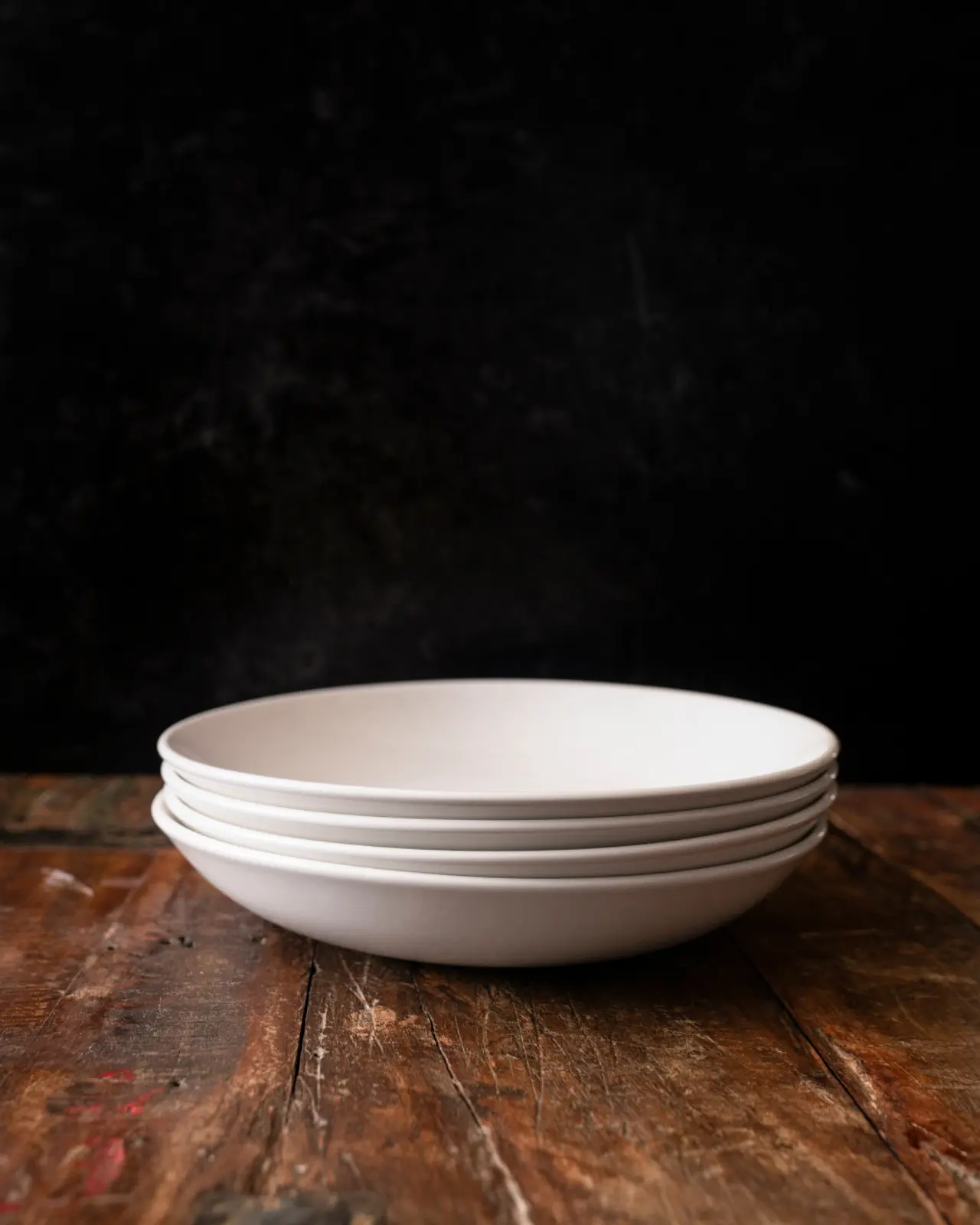There are dozens of ways to boil an egg—starting in cold water, poking a hole in the shell, bringing eggs to room temperature, and so on. But if you’re looking for a method that’s fast, fuss-free, and results in perfectly cooked and easy-to-peel eggs, this is the one.
Whether you’re making deviled eggs for a crowd or prepping soft-boiled eggs for your weekday breakfast, this technique delivers consistent results—no fancy equipment or hacks needed.
Step-by-Step: How to Boil Eggs

1. Bring a Pot of Water to a Low Boil
Start by filling a medium-sized saucepan or stock pot with enough water to fully cover the eggs. Bring the water to a low boil—not a rolling one. This gentler heat helps prevent cracked shells and rubbery whites.
2. Add Eggs Straight from the Fridge
Using a slotted spoon or spider, gently lower the cold eggs into the boiling water. There’s no need to bring them to room temperature first—this sudden temperature shift actually helps with easier peeling later on.
3. Cook Based on Desired Doneness
Let the eggs simmer at a low boil and stir them gently from time to time to help center the yolks (especially useful for deviled eggs).
Here’s your timing guide:
- 7 minutes for soft-boiled eggs (Perfectly jammy for ramen, breakfast toast, or a quick high-protein snack)
- 11 minutes for hard-boiled eggs (Ideal for deviled eggs, egg salad, and meal prep) .
Note that these times are based on large eggs. If you’re using extra-large or jumbo eggs, you may need to add another 30–60 seconds.
4. Transfer to an Ice Bath
As soon as the timer goes off, transfer the eggs to a bowl of ice water and let them chill for at least 10 minutes.
The ice bath helps with two important factors:
- Stops the cooking immediately, preventing overdone yolks
- Helps set the shape of the eggs for easier peeling
5. Peel Under Water for Best Results
Once they’ve cooled, gently tap the eggs against each other or on the side of the bowl to crack the shells. Then peel them under cool running water or in a bowl of cold water. The shells should come off cleanly and quickly.
Why This Is the Best Method for Boiling Eggs
This method skips the prep and gets straight to the point: delicious eggs with shells that practically slide off.
Here’s why we swear by it:
- No prep required: Use eggs straight from the fridge—no poking or warming needed.
- Reliable doneness: The timing is easy to control, so you’re not guessing when to pull the eggs.
- Easy to peel: The combination of cold eggs going into hot water, then into an ice bath makes peeling the finished product almost effortless.
Pro Tips for Perfect Boiled Eggs Every Time

- Slightly older eggs (a week or two old) tend to peel more easily than very fresh eggs. Just make sure they’re still within the “best by” date.
- Stirring the eggs while they cook helps keep the yolks centered—especially helpful if you’re making deviled eggs.
- Skipping the “cold water start” method makes timing more precise, reducing the chance of under- or overcooking.
What to Make with Boiled Eggs

Now that you’ve mastered the technique, here are a few ways to use your perfectly boiled eggs:
- Deviled Eggs: Classic, crowd-pleasing party snack
- Egg Salad Sandwiches: Quick, protein-packed lunch
- Ramen: Topped with soft-boiled eggs is a must
- Breakfast Toast: Add a sliced or jammy boiled egg for a protein boost
- Grab-and-Go Snack: Keep a few in the fridge for busy mornings
Ready to Cook?
If you’ve ever struggled to peel boiled eggs—or ended up with chalky yolks—this method changes everything. It’s quick, consistent, and easy to remember and repeat. Whether you like your eggs soft or hard, this is your go-to guide for how to boil eggs the easy way—made even easier with 5-ply Stainless Clad to ensure a gentle boil and easy temperature management.



